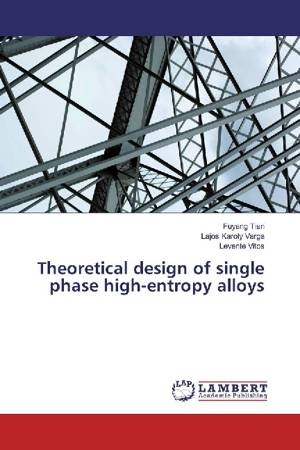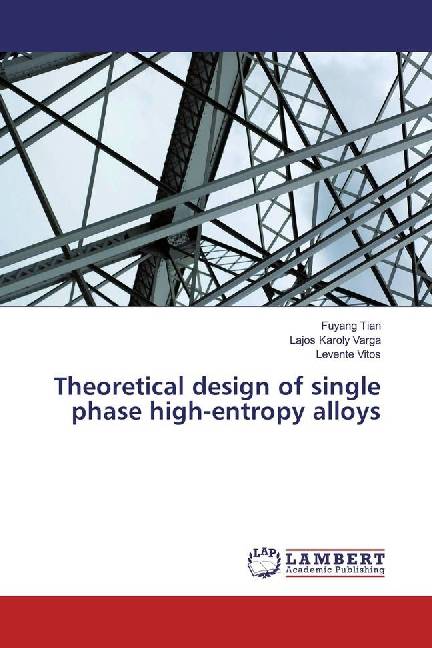
- Afhalen na 1 uur in een winkel met voorraad
- Gratis thuislevering in België vanaf € 30
- Ruim aanbod met 7 miljoen producten
- Afhalen na 1 uur in een winkel met voorraad
- Gratis thuislevering in België vanaf € 30
- Ruim aanbod met 7 miljoen producten
Zoeken
Theoretical design of single phase high-entropy alloys
Fuyang Tian, Lajos Karoly Varga, Levente Vitos
Paperback | Engels
€ 23,95
+ 47 punten
Omschrijving
High-entropy alloys (HEAs) form a new class of materials, and show great promises for various demanding engineering applications. Since 2004, many experimentalists worked on HEAs to understand their microstructure and the mechanisms behind the observed excellent mechanical behavior. Ab initio calculations have demonstrated their power in modeling and designing functional materials. Despite of that, the search for new HEAs has still remained heavily dependent on experiments only due to the complexity of modeling multicomponent solid solutions from first principles. Starting from year 2011, Tian et al. used an efficient ab initio alloy theory formulated within the exact muffin-tin orbitals method, to investigate the fundamental properties of HEAs. Their goal is to predict new HEAs with optimal characteristics and identify potential application areas.
Specificaties
Betrokkenen
- Auteur(s):
- Uitgeverij:
Inhoud
- Aantal bladzijden:
- 84
- Taal:
- Engels
Eigenschappen
- Productcode (EAN):
- 9783330085060
- Uitvoering:
- Paperback
- Afmetingen:
- 150 mm x 220 mm
- Gewicht:
- 129 g

Alleen bij Standaard Boekhandel
+ 47 punten op je klantenkaart van Standaard Boekhandel
Beoordelingen
We publiceren alleen reviews die voldoen aan de voorwaarden voor reviews. Bekijk onze voorwaarden voor reviews.











